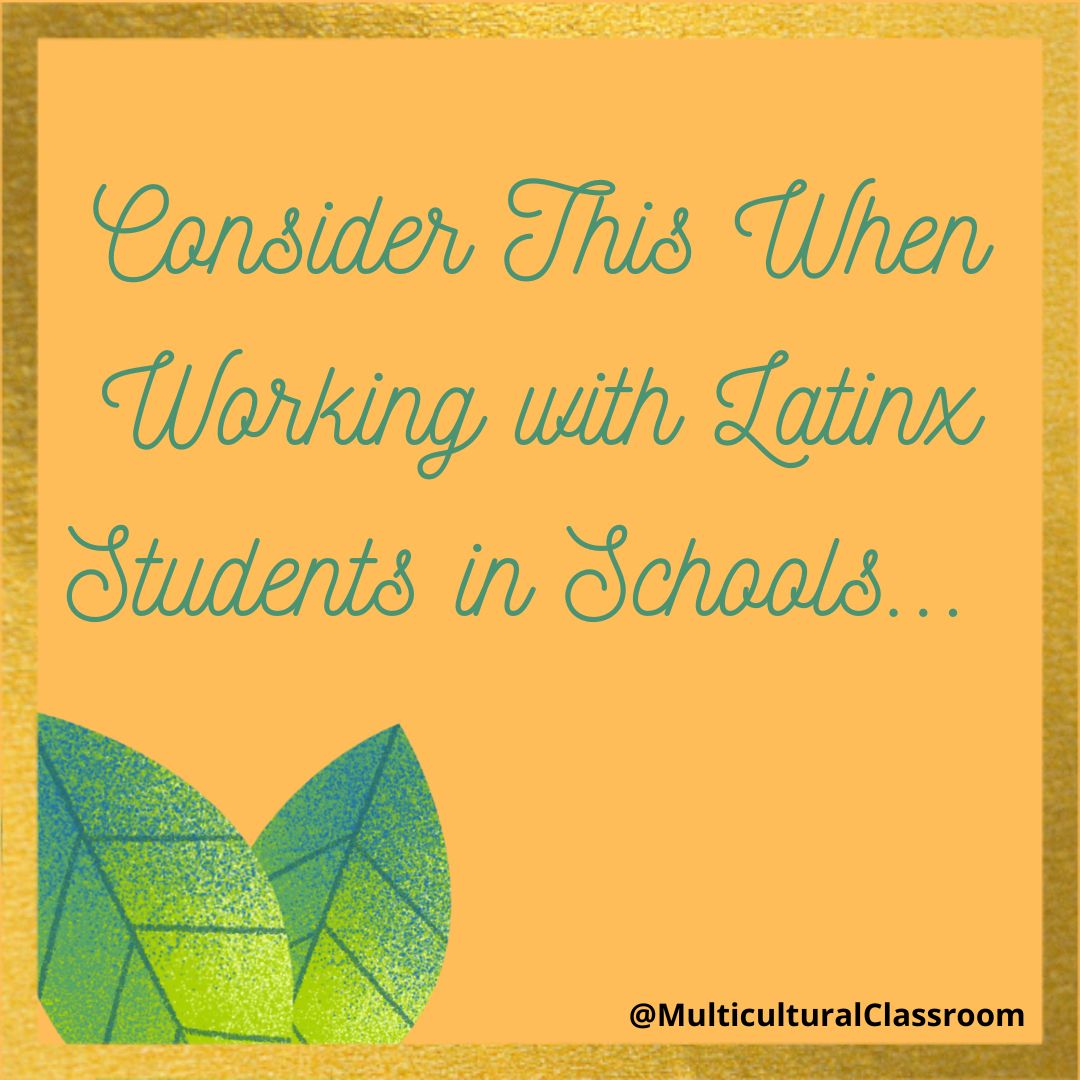
Where Education and Immigration Meet
Nov 11, 2022Because the issue of immigration is a hot topic right now, it makes sense that immigration and education should also be at the forefront of peoples' minds. In these conversations there are often arguments or opinions presented that embrace racist ideology and American exceptionalism all while sounding like they're about rigor and driven by success. Below, we have addressed some of the main points we hear way too often:
1. These students need to only learn English and leave the other language at home so they can focus and progress academically.
The flaw in this argument is that it assumes that learning a second language is a deficit. It assumes that language acquisition is a distraction vs. a cognitive exercise. Furthermore, it discriminates specifically against students of color who are learning English, because this is not the same attitude taken up with a student who is from Europe, for example. Lastly, studies show that students who develop dual language fluency or biliteracy perform better academically.
2. Bilingual education has failed because the teachers spend more time in Spanish vs the target language.
The flaw in this argument is that bilingual education has failed. Failed whom? And according to what metrics? Our next line of questioning would have us look toward school and district leadership. We would ask questions such as: what training was offered for these bilingual educators to know what the expectations were? Who was supervising and supporting these educators in order to ensure efficiency? Where the learning goals for students reasonable? Often the opinions of outsiders is that students must spend less time in home language because of reason #1. Additionally, at times, due to affective filters, students need time to trust and build community in order to practice the new target language and using their home language is the way to achieve that. Classrooms are not only about academic results and scores. They're mainly about people congregated in a space to learn. We, the adults, have to meet those people where they are.
3. These students don't want to assimilate. They are ethnocentric.
Whew. Here is some heavy American exceptionalism. Why should students stop being who they are and reject their entire family's and countries' traditions in order to achieve in our schools? No, they may not want to let go of the culture and ways of beings of their ancestors and families in order to be more "American." What does American mean in this case? Often this is another way of saying white. Sustaining ones' practices and family's origins is not ethnocentric. It is authencity and love.
4. Teaching in both languages will then mean we need to hire teachers who can do that. It will not benefit American teachers and will favor immigrant teachers.
This would be a fantastic opportunity to diversify the field and normalize biliteracy. This could only strengthen the teaching field as it will welcome teachers with a varied set of skills. Adding more teachers to a field that is losing teachers isn't taking anyone's job away- especially when there is a teacher shortage. Lastly, because our nation is segregated, this will impact certain areas and not all cities or suburbs. Therefore, it won't affect all teachers. It will have an impact in communities where there are substantial numbers of immigrants.
5. Many immigrants have succeeded when placed into immersion programs. Why can't all immigrants succeed without bilingual education programs?
All students are not alike. All adults are not alike. In the same way, we don't all learn the same way. Educational approaches must vary and be responsive to the person learning. There are students who come from countries where they have had access to quality education and simply need to transfer their pre-existing skill set. Those students may not need bilingual education. Other students, may be coming from places where they did not have access to quality education or have gaps of education in their history. In such cases, bilingual education programs will most likely benefit them so they can build skills in both languages and transfer learning. Even then, scholars argue that students who are labeled as "limited English proficiency" (or the scenarios named in the last sentence) are in fact not lacking or limited, but are experiencing biased metrics steeped in white supremacy ideas.
And now for some resources...
Do you work with bilingual students or emergent bilinguals?
En Comunidad (España, Herrera 2020)
Leading Equity Podcast episode 260 featuring Dr. Nelson Flores
The ELL Teachers's Toolbox (Ferlazzo, Hull Sypnieski 2018)
A previous blog we wrote titled "Tips & Strategies for Working With Emergent Bilinguals"
And as part of my work with NCTE's Committee Against Racism and Bias in the Teaching of English, I co-created a bookmark that speaks specifically to the issue of English-only policies. Download it for free here.
Check out this post by clicking on the image, too, which we shared on Instagram back in 2020 during Hispanic Heritage Month. In it, we share some things to keep in mind when teaching young people who are Latinx. This post is for everyone, even if you teach at a school where you only have some Latinx students. Comment on that post and let us know what you think!
After reading this blog post, share it with others.
Thanks for being in our classroom.
Don't miss a beat!
Get our blog delivered to your email whenever we post!
We hate SPAM. We will never sell your information, for any reason.


